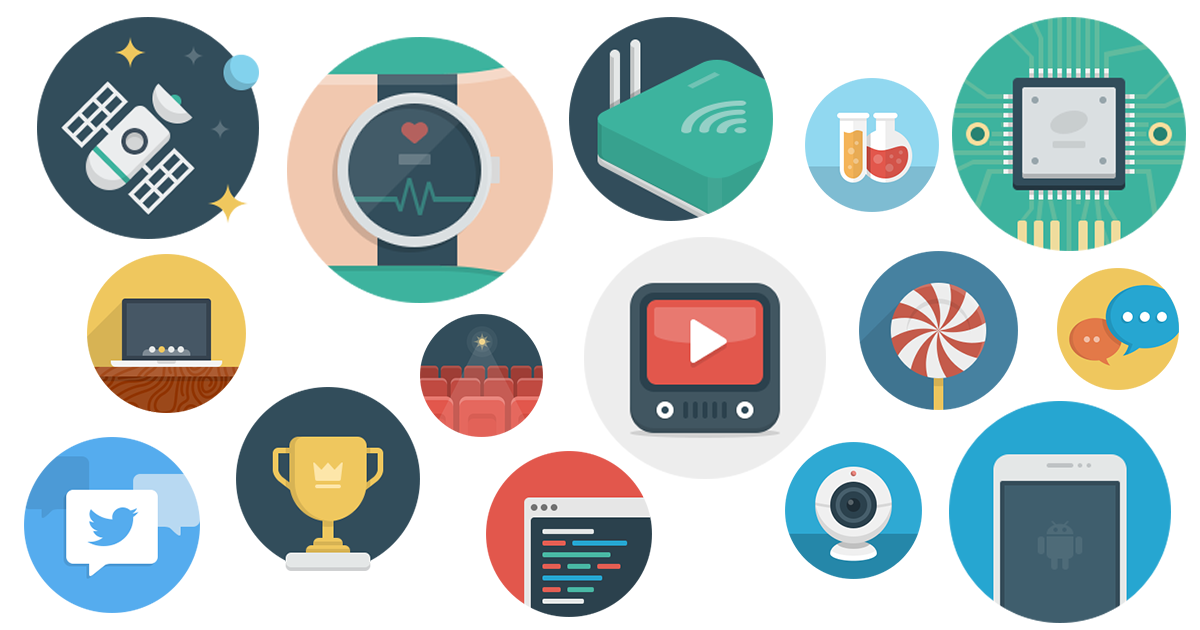This article is written by Calixto Tay, Partner at Originally US.
If you had ever put thought into launching your own app or startup, you would have come across a thousand and one articles on how user interface design is the pillar of any self-respecting startup.
Unlike other articles like this, I am not going to justify this post by delving into a list of success startups with puke-inducing design.
No, I’m not going to talk about how Cragslist, eBay, Gmarket and MySpace were ugly but insanely popular.
I am also not going to talk about how startups should focus on feature set rather than UI. That is the false dichotomy of overlooking alternatives for you.
My first startup was incubated, and I have since returned to that incubator as a Mentor. From my observation, what strikes me most is that 99% of the startups being incubated there spend 99% of their time working on the UX & UI of their apps and website.
Their apps are pixel perfect, and they spent hours debating the placement of every button, how they should color each button to ensure the highest probability of user activation, and going through the screen flow to ensure minimum ‘friction’.
6 months later, they have the most beautifully designed website or app that nobody knows about or use. They run out of time, money, or both and collapse. All that effort in polishing the app or website down the drain.
How did THAT happen?
1. Great UI design simply isn’t the only reason why users come to you
Think about it. When you are building an app or website, you are building something that helps users with their needs or wants.
I tend to look at it this way: If users need you enough, they wouldn’t mind dealing with kinks and flaws in your UI. On the other hand, if your services are not relevant, needed or wanted, even the best UX designer cannot rescue you from that inevitable pit of failure.
2. There are many other things that require your attention
A startup is so much more than the app or website it produces, don’t you think? Chief among your non-UX concerns are your go-to-market strategies and execution (user acquisition), your talent acquisition and retention, and your source of cash and cashflow.
Your UI won’t break your company. Any of those three items listed above will.
3. Good UI confuses market signals
You want the market to tell you if you are on the right track with your business assumptions and solution. You want to know if you have the right product market fit.
All too often, users or beta users confuses good UI with a good product. They get a general sense of satisfaction when using your app, and would send you the mistaken signal that your app is on the right path.
They will tell you they like your app, like using it, and are satisfied with it. But it is next to impossible to tell if this is because of your good UX design or that you are on the right track with your app or website.
If you can take good UI out of the test scenario, you strip your app bare and expose your app for what it really is. Then, you can get real feedback on whether your assumptions and solution are right.
4. There is no one “Good” UI
Consult with 5 different UI designers and you would come away with 5 different definitions of what good UI is about.
Throw your app or website in front of 50,000 users from all ages, races and occupations and you can’t find one thing that everyone agrees on.
Don’t bother. Make something people really want or need, and they will make do with what you designed.
What then, is good UI for?
To me, UI is about increasing your competitive advantage. When you have many competitors, in the same exact market, targeting the same exact demographic, good UI will give you a definite edge.
But that is a story for later. Good UI will come as you and your company mature.
Don’t worry about it. You will cross that bridge when you get there. IF you get there. That is the hard part.




